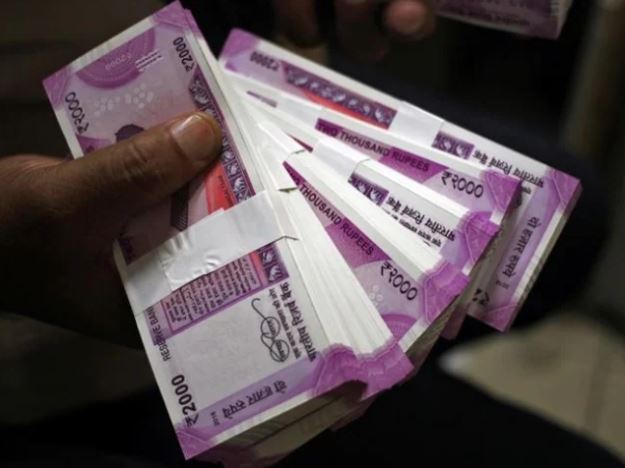Delhi Chief Minister Arvind Kejriwal’s statement that Hindu deities Lakshmi and Ganesha should be printed on currency notes has sparked debate across the country. No matter how hard we try, sometimes we need God’s grace. Therefore, I suggest Prime Minister Narendra Modi to print the image of Lakshmi and Ganesha along with the image of Mahatma Gandhi in the currency notes, ‘ he said. He also wrote a letter to the Prime Minister regarding this issue. If so, who designs currency notes? Who gives permission for that? What is the history of Indian currency notes? Here is the detail.Can images of Lakshmi and Ganesha be printed on notes, is it within RBI rules?.
Who Designs Currency Notes?
The Reserve Bank of India and the Central Government have the power to design currency notes. Any change in the design of currency notes requires the approval of the Central Board of RBI and the Central Government. The central government also has the power to change the design of currency notes.
According to Section 25 of the RBI Act, 1934, the design of currency notes shall be as per the recommendation of the Central Board of the RBI. This should be approved by the central government. Important functions related to currencies are performed by the Currency Management Division of the RBI. Currency management refers to the circulation of currency notes and coins and the withdrawal of obsolete currencies.
This work is done in 18 offices of the Reserve Bank of India across the country and their subordinate offices, according to the RBI website.
Exchange process of currency notes
If a change is required in the design of the rupee note, the currency management department prepares a proposal for a new design. The proposed design will be submitted by the Reserve Bank of India. This should get the final approval of the central government.
Works of RBI Currency Management(RBI Rules) Department
-1 Designing bank notes
-Estimation of demand for currency notes and coins
-Facilitated distribution of currency notes and coins across the country, -withdrawal of uncircumcisable currency etc. is the responsibility of Currency -Management Department.
-Implementation of refund rules of currency notes.
History of Rupee Notes;
Ashoka Pillar
In 1950, notes of 2, 5, 10, 100 rupees were introduced into circulation. The notes contained a picture of the Ashoka pillar.
Mahatma Gandhi Series
A new series of notes with Mahatma Gandhi’s image (earlier notes also had Gandhi’s image) was introduced in 1996. The new series of notes included a changed watermark, security thread and various other features. On October 9, 2000, 1,000 rupee notes were introduced into circulation. 2000 on 9 October and 500 on 18 November of the same year in changed colors were introduced.
Also Read: Seat belt compulsory from tomorrow in Mumbai
Apart from this, in 2006 the Nakshatra series of notes, in 2011 notes containing the rupee symbol and in 2016 after the decision of demonetisation, a new series of notes with the image of Mahatma Gandhi were issued in Visayas.
Thus, if there is a change in the design of the currency note, steps have to be taken step by step as per RBI guidelines.


Comments are closed.